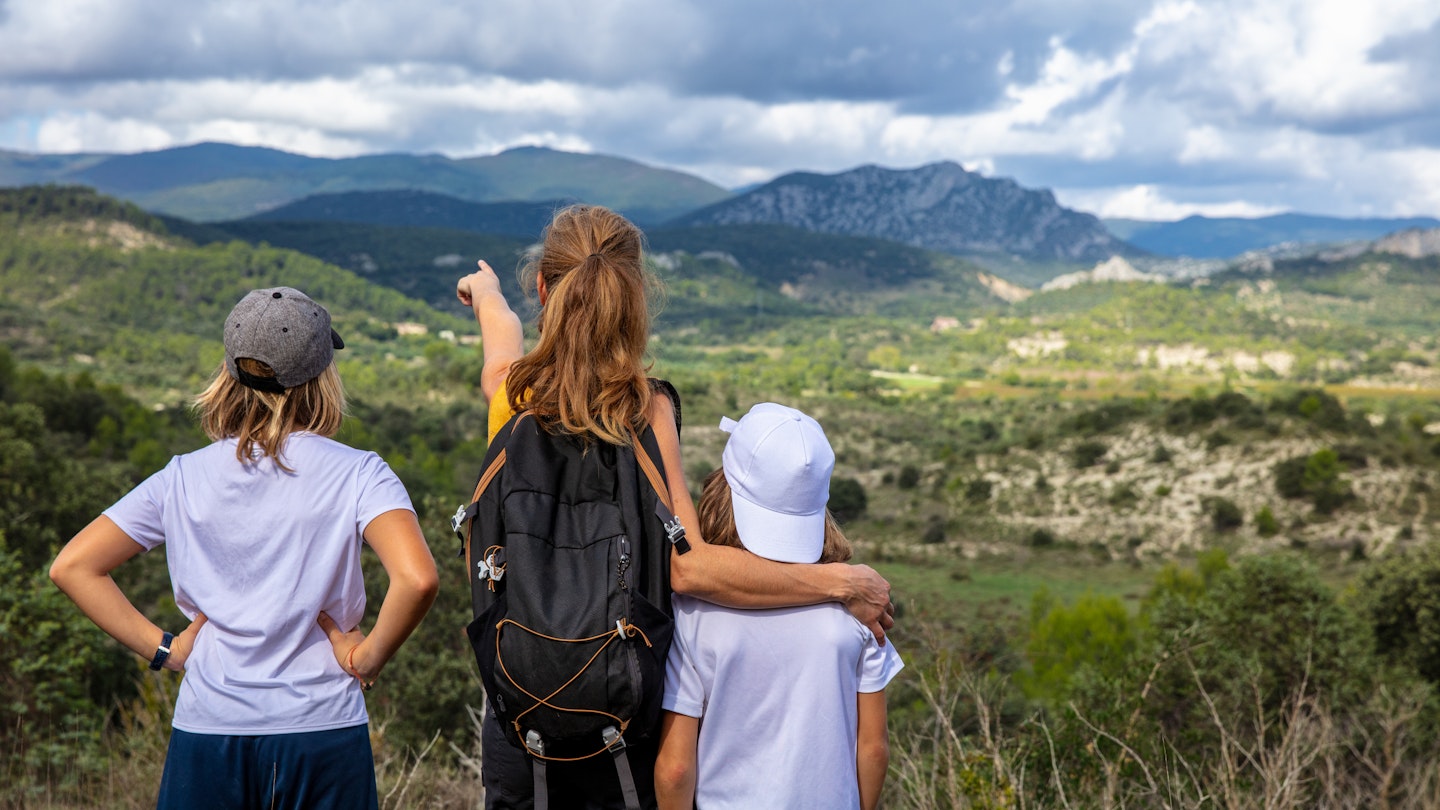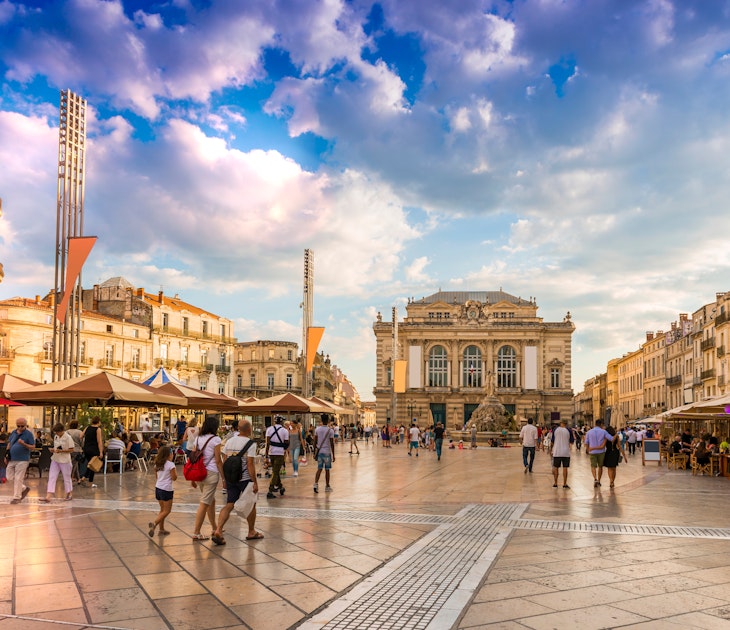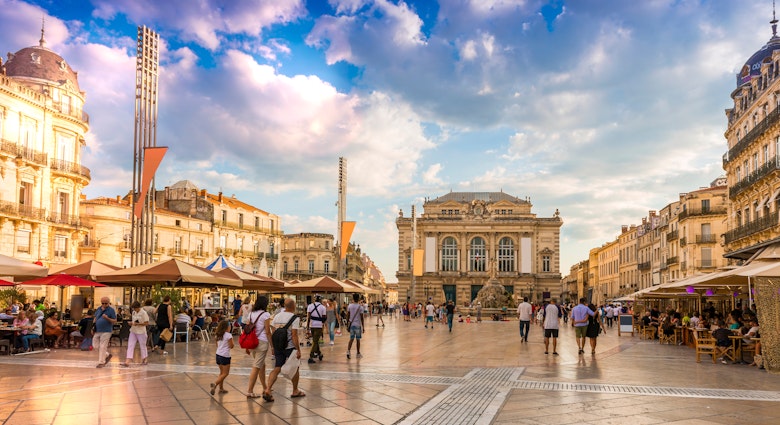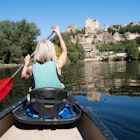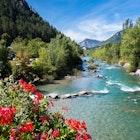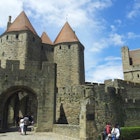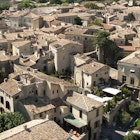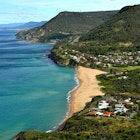Whirling eagles and vultures, sheer limestone gorges, vast steppe grasslands of raw beauty where endangered Przewalski’s horses, straight out of prehistoric cave paintings, and slinking gray shapes of wolves, take refuge – it’s hard to believe this true wilderness is comfortably in reach of the coast and cities of Southern France.
For people who want to see the wild parts of France without having to go into the high mountains, head towards Florac in the heart of the Cévennes National Park. Hike to revel in its landscapes and wildlife, visit its museums to bear witness to poignant battles for religious freedom, and stand still in time seeing farmers and their goats working with the harsh nature as they have for thousands of years.
And at day’s end, wander through chestnut forests to listen for the "phantom of the forests" under the expanse of stars in Europe’s biggest dark sky reserve. Incredible experiences await you at Cévennes National Park – here's how to get there and what to do when you arrive.
Experience the rhythm of ancient farming life
The combination of goat bells chiming from steep slopes and darting sheep dogs cleverly doing their work with Cévenol farmers makes you feel linked to hundreds of past generations. The 3000-year-old agro-pastoralism tradition is what got the park its Unesco status as an example of a living and evolving cultural landscape. Be part of this by rounding up goats, helping with milking, and making cheese at one of the oldest eco-museums in France and the Farm des Cévennes. Between June and September, a wide range of other farms open their gates to visitors.
Don’t miss the transhumance, the seasonal movement of animals between summer and winter pastures, in early June in Espérou. This is one of the last places where shepherds still drive their animals on foot (rather than in trucks) along drailles, ancestral paths that run through the park. You’ll be hypnotized by the sight of hundreds of sheep running through villages, wearing red pom-poms, accompanied by music and lots of good food.
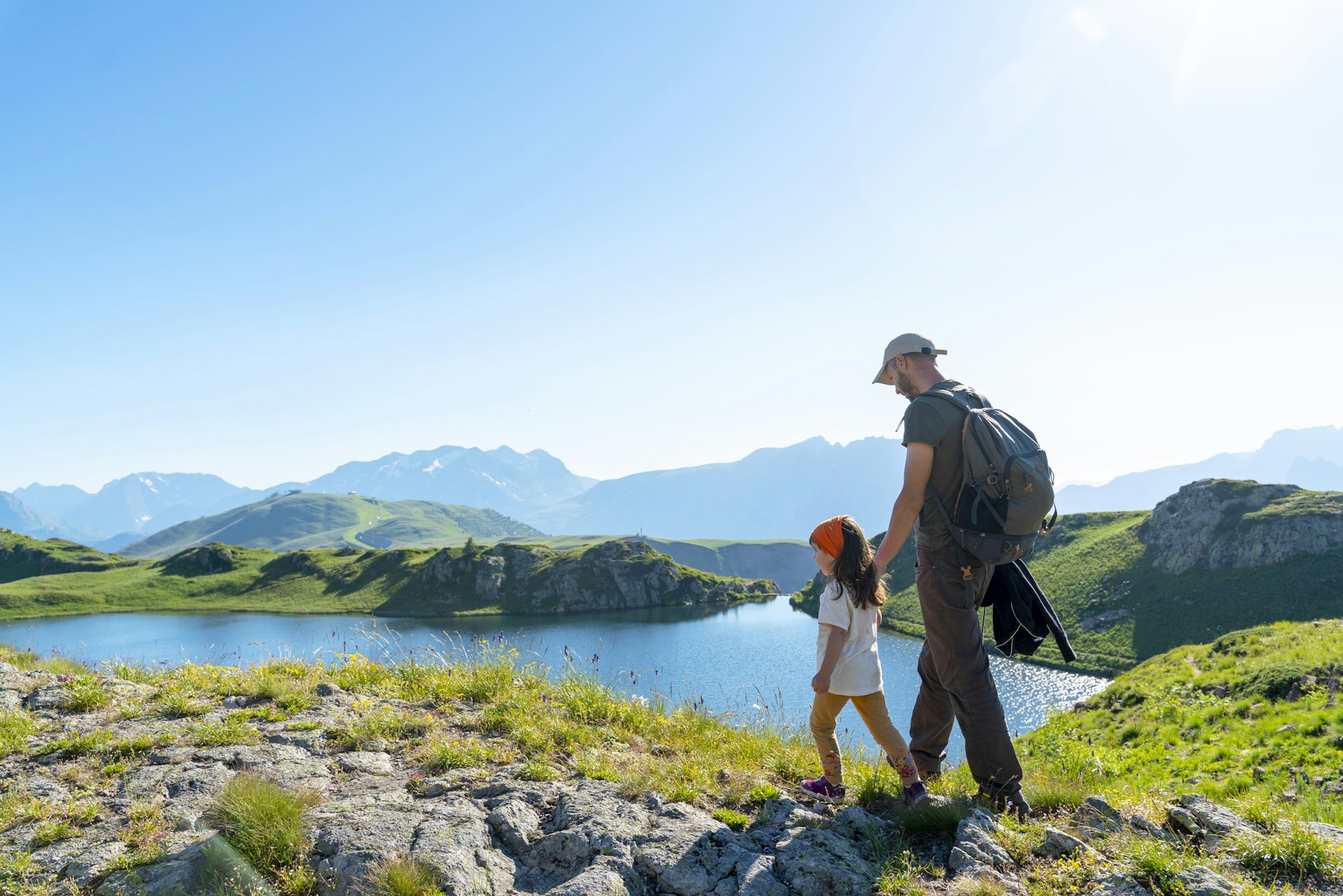
Hike through wilderness and history
The park has more than 5000 km of paths of all lengths and boasts 300 one-day hikes where spectacular views of the Mediterranean plains are easy to get from Mount Lozère or Mount Aigoual. Or set off on one of the many 2-3 day circuits along sheer gorges where soaring vultures will make your heart sing. For easy walks for all the family, take the sentiers de decouverte, Interpretative Trails, which explore subjects like local heritage, geology or botany and seek out menhirs and birds.
Several of France’s GR long-distance walking trails cross through the park. The most famous follows the footsteps of Robert Louis Stevenson and his donkey from Puy en Velay towards the Mediterranean. Wend your way over heath-like hills covered in broom wildflowers and through hidden valleys with quiet stone villages each with a tale of the historic past. Pont-de-Montvert, close to the source of the Tarn river, is one of the best preserved, with a fascinating history. Stevenson's book Travels with a Donkey in the Cévennes is a perfect companion along the way. This was also the spot where the Camisard War started in 1702.
Plunge into the history of religious rebels
The wild hills saw a fascinating part of European history when Protestant Cévenol peasants, camisards, turned to armed revolt after 1685 when Louis XIV clamped down on Protestant religious freedom. War occurred between 1702-1704 and hundreds of villages in the region were destroyed.
Engross yourself in the story of religious freedom and repression in the Musée du Désert in the house of the famous camisard leader, Rolland, aka Pierre Laporte. The displays are in French but a pamphlet with English translation is provided. Feel transported back as you walk around a typical kitchen and bedroom from the time and amongst paintings of the secret congregations in the forests and caves in the hills. See the foldable pulpits and the collection of secret bibles.
Be a humble witness to a wall where Huguenots snatched their place in history by painstakingly
recording the name of every man sent to the galleys and how they died. Be inspired by the stories of the women who never abandoned their faith and were sent to a prison near Montpellier, one of whom wrote letters from there for 37 years. The museum will change your ideas on what the words freedom and strength of character mean.
Plunge deeper into the region’s history in the coal mining museum in the post-industrial town of La Grand’Combe or the museum on the region’s silk industry in Saint-Hippolyte-du-Fort.

Spot vultures, wild horses and listen for the roar
The park has a particularly high number of plant and animal species due to its diverse landscapes and climates. Before you go, spend some time online on the park's in-depth atlas, which gives information including soundtracks and maps with the latest sightings.
At the Maison des Vautours, take in the plunging view on the Jonte Gorge, learn about the successful reintroduction of the vultures, then lift your head to see their black circling shapes, falcons and maybe the magnificent royal eagle. Get back down to ground level at Micropolis, just outside of the park, where you can spy on the fascinating insect world.
Travel into the vastness of the Causse Méjean for a rare chance to see Przewalski’s horses, the world’s only horses never to have been domesticated. They died out in the wild in the 1960s and have been set free here to readapt before being reintroduced to the Mongolian steppes.
In September and October, pack a torch and dare into the dusk on Mont Aigoual to listen for the "phantoms of the forest". Nothing beats walking on hills in the dark and hearing the strange roaring of the stags during the breeding season. Several places organize outings including the Maison de l’Aigoual.
Star-gaze in Europe’s biggest International Dark Sky Reserve
Travel up to the top of Mount Aigoual or Mount Lozère for sunset and admire the stunning views out towards the sea and the Pyrenees. When night arrives, listen for the chip chip of flitting bats, the hoots of owls and see the spectacular expanse of stars.
If it’s August, look out for the annual Perseid meteor shower. For dedicated star lovers, there are organized hiking trips led by an astrophysicist and one guesthouse has built a stay around star-gazing, providing telescopes and initiations to constellations.

Travel out of time underground
It’s not strictly in the park, but Demoiselles Cave is worth visiting if you’re driving in from the southeast. Guided visits take you in Europe’s first underground tourist funicular. Be amazed by an immense cathedral-like cavern full of stalactites and stalagmites that have formed over thousands of years into stone forests, petrified mushroom clouds and hanging daggers.
What and where to eat in Cévennes National Park
The people of the Cévennes once lived off chestnuts, the so-called "bread tree" because it saved them in scarce times. Buy them at markets preserved in jars, cooked over coals or delicious with cream in the Cévenol soup. Don’t miss the Chestnut Festivals, especially in Lasalle and Anduze, in Autumn which are a real spectacle of passionate chestnut enthusiasts.
The region is also famous for pelardon, a goat cheese, only produced in the Cévennes, which comes in small rounds from fresh creamy to highly matured and crumbly. It’s delicious on a good fresh baguette and with local honey.
Local markets are a great place to buy the park's best products. One of the biggest and most typical in the southern part of the Cévennnes is in Lasalle where people flow down out of isolated valleys for the day and are happy to see friends.
One of the delights in the Cevennes is unexpectedly coming across restaurants and bars in isolated villages as neo-rurals bring new life and make the most of local products with French flair as they do at the Balade Gourmande in tiny Soudorgues.
How to get there
The attraction of the Cévennes is its remoteness, but this makes getting there tricky. The best option is to come by car, hired in Montpellier or Nîmes. The roads are narrow and windy, so measure distances in terms of time and not kilometers. Difficult access means visiting the park for at least 2-3 days or longer and sticking to one area is better.
There are few permanent bus routes, but more options in the summer months with additional shuttles (navettes/cars). Information tends to vary with each town and village so head to the tourist office website specific to your chosen location and check out their transport page, ring the local office or check the Occitan transport website. Check the date of the timetable you’re looking at to make sure it’s the latest and beware of changes to timetables during different seasons, on public holidays or weekends.

Where to stay in Cévennes National Park
For a choice of hotels and restaurants choose larger, touristy places like Florac, St Jean du Gard or Anduze and around Mount Lozère – it has a ski resort and is a good option in winter.
Many of the smaller villages have Airbnbs and if situated along the more popular hiking trails, have gîite d’étape – guest houses. For those wanting a sense of life off the tourist trail and with few amenities, head to Le Pont-de-Montvert, Le Bleymard or Sainte Croix Vallée Française. If you stay a week, it’s worth looking at rural guesthouses.
Campsites abound, particularly along the beautiful Mialet and Tarn rivers, which get relatively crowded in summer.
Other planning tips
There is a confusing profusion of websites and tourist offices covering the park, each corresponding to different administrative regions. Many villages have their own tourist office.
The best thing is to choose the geographic area you will travel to and then find the corresponding tourist website or office. Good websites cover the Causses et Gorges, around Mount Lozère, and the southern edges. The park itself has a global information website and a planning platform, as well as three park offices in Florac, Aigoual and Génolhac.
Weather-wise, look out for the épisodes cévenols, periods of extremely heavy downpours usually in Autumn, which can cause flooding and prevent driving.
Many attractions and amenities in the park change timetables or close down completely in winter, so check before you go.

